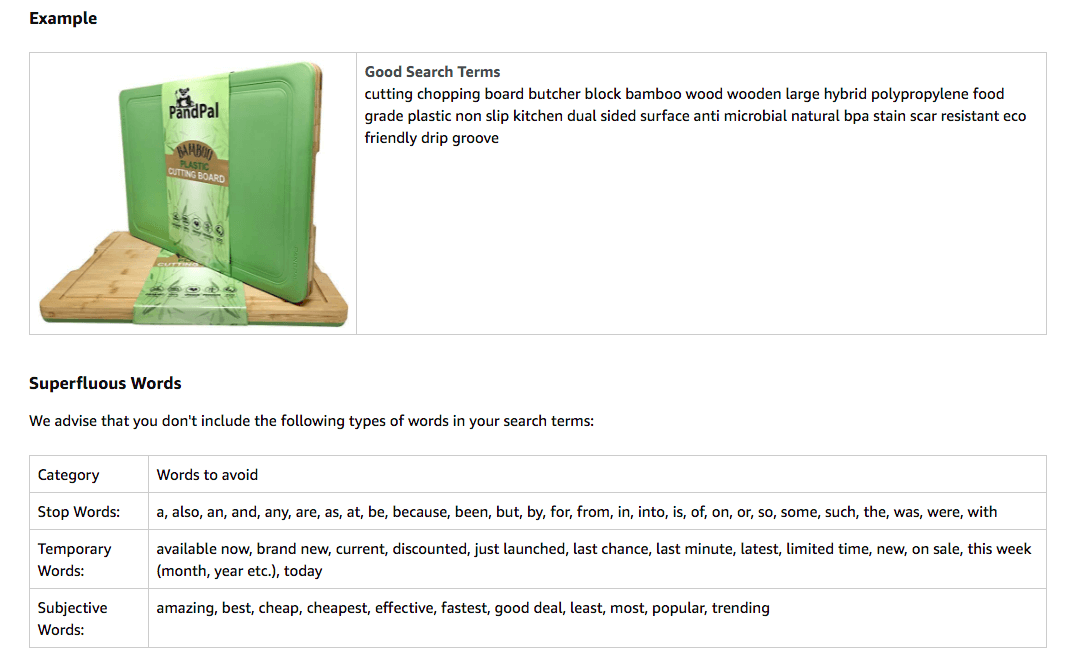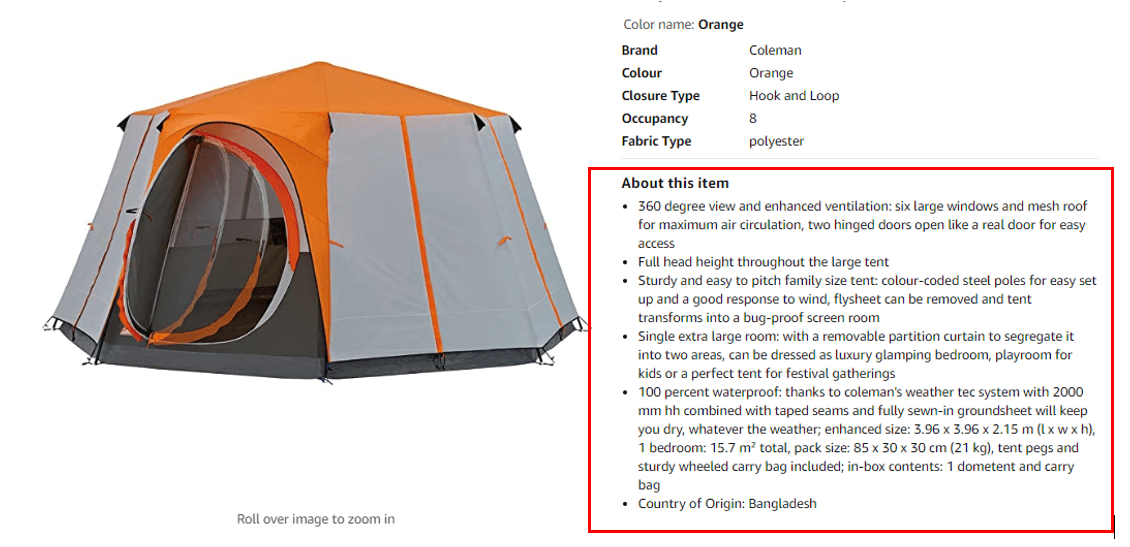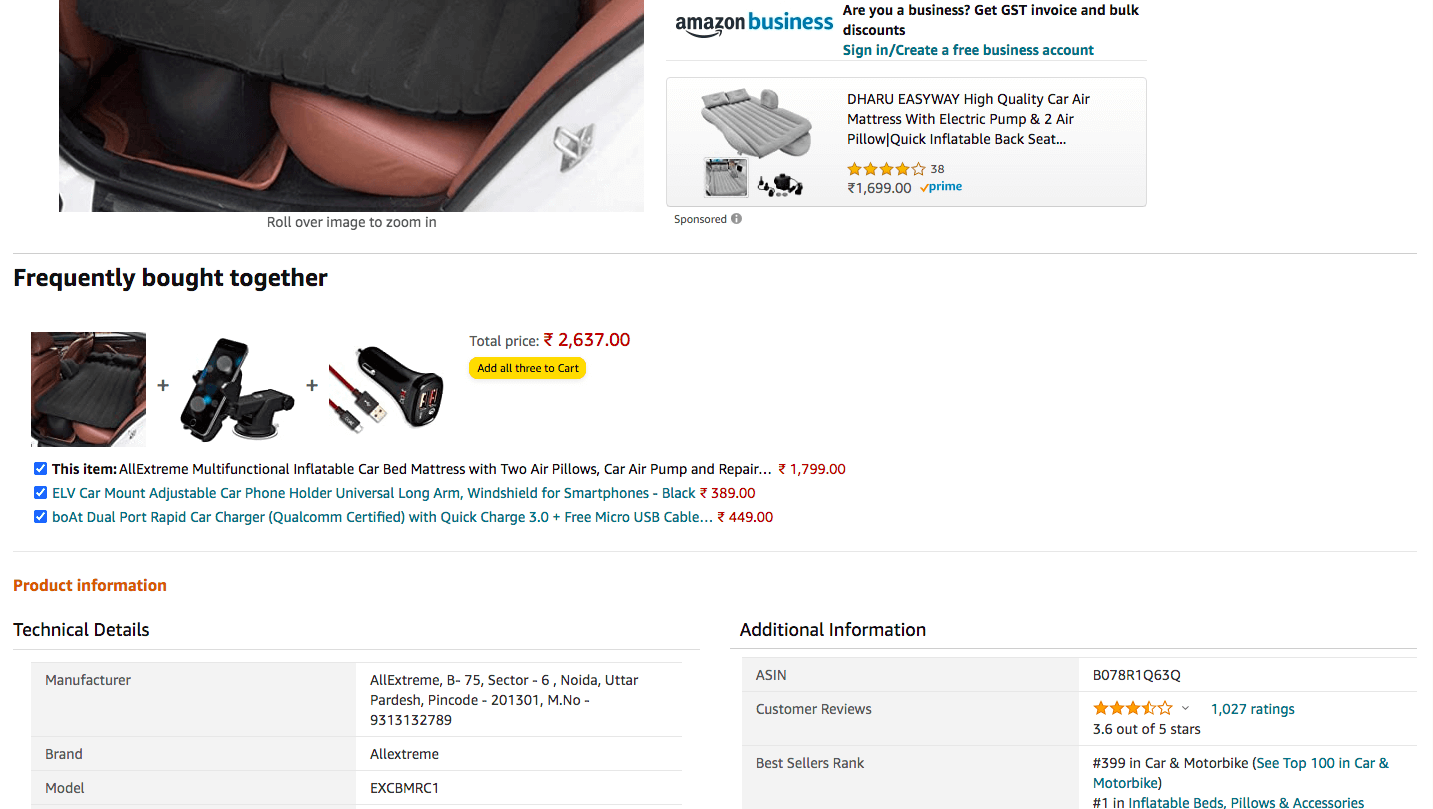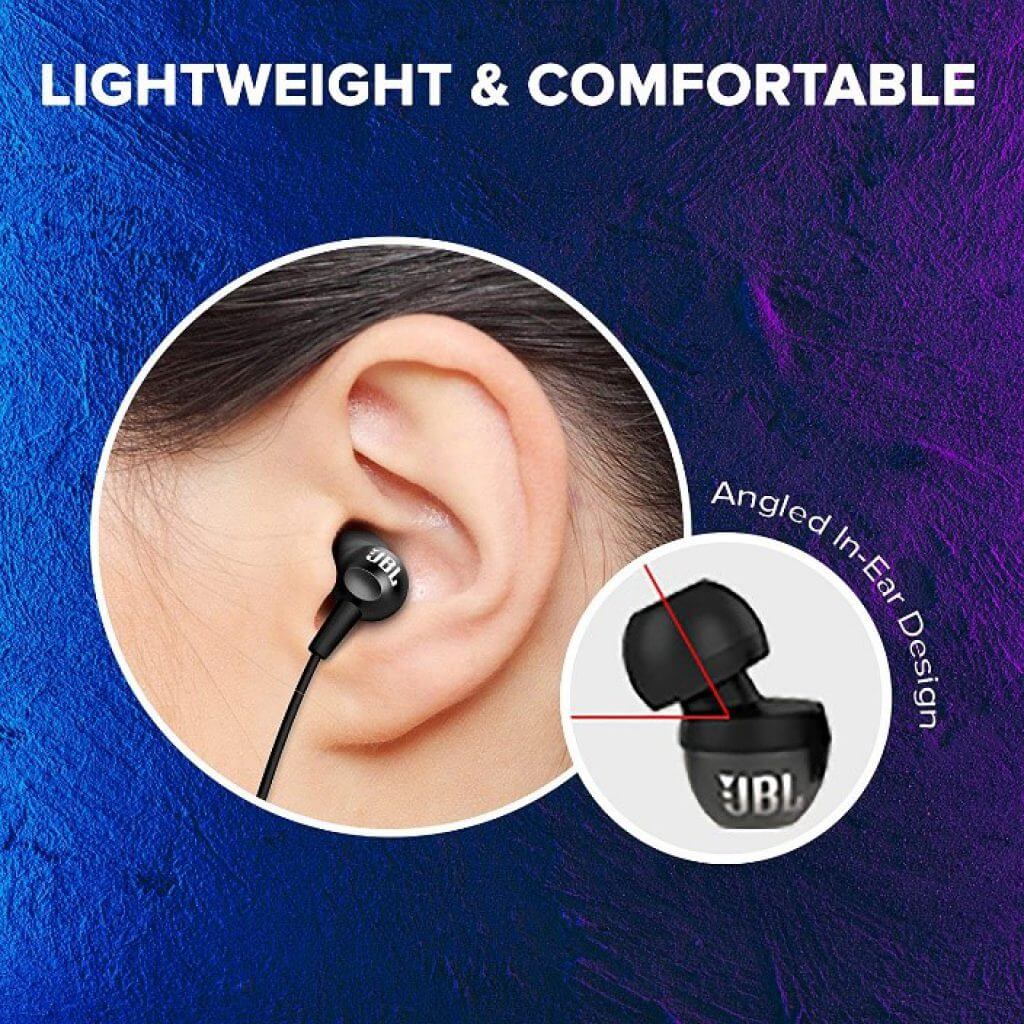89% of shoppers worldwide are more likely to buy from Amazon than any other e-commerce site. The pandemic has amplified these numbers further, with 44% of sellers attributing their profits to the crisis. Yet, on the flip side, many sellers still struggle with getting their products to perform. Amid breakneck competition, price wars, and more, some of the simpler yet incredibly significant aspects of selling tend to fall between the cracks. One such reason hurting sales for many sellers is product visibility. On a platform that plays host to millions of similar products across various brands, how do you ensure that your product listing is not just visible, but impresses and converts a potential customer? Here’s where product listing optimization or optimizing product catalogs for Amazon becomes indispensable.
Product listing is everything that goes on your Amazon product page. High-resolution product images, buyer-centric descriptions, SEO-optimized product titles, customer reviews and ratings, price, discount options, product bundling, and more. Optimizing all of these aspects while factoring in the requisites of Amazon’s A9 algorithm is what makes a stellar listing.
For sellers eager to optimize their product catalogs for Amazon to drive relevant traffic that ultimately translates to recurring sales, here are some actionable tips:
1. Conduct a keyword analysis to uncover competitive search terms
Check if your products have a good mix of front-end and back-end keywords for better SEO ranking on Amazon. Front-end keywords are generally used by customers, while the back-end ones though hidden, help you equip Amazon with more information about your product. This increases your chance to appear for the right search results.
To stay competitive and ensure their search result page rankings don’t drop, savvy sellers evaluate the keywords used by similar product sellers. This helps them deftly navigate and position their product uniquely for better visibility. Another way to uncover new and highly converting search terms is by using Amazon’s autocomplete tool.
Yet, keywords associated with a product tend to change over time. Therefore, it would be wise to constantly check for new keywords to enrich your product titles and descriptions to stay relevant. Search term attribute length on Amazon is restricted to less than 250 bytes. To better your search term effectiveness and optimize your product catalogs for Amazon, here’s some quick advice to keep in mind:

2. Create descriptive product catalog titles prioritizing details from an Amazon buyer’s perspective
You have about 60-80 characters before your customer decides whether or not your product fits their needs. To ace this, put yourself in their shoes. What words would they use to search for a particular product? Would color matter to them more than size or vice-versa? If it’s a phone – color, storage capacity, camera, and battery life are must-haves after a brand name and model number. If it’s apparel – material, color, fit, and size would be the norm. Beyond this, if your product has a USP (unique selling point) like wring-free or free-size, they are worth a mention.
Apart from this, in keeping with Amazon’s taxonomy, here are a few quick things to bear in mind:
- Use numerals: “2” instead of “two”.
- Capitalize the first letter of each word except for prepositions (in, on, over, with), conjunctions (and, or, for), or articles (the, a, an).
- Titles can include necessary punctuation, like hyphens (-), forward slashes (/), commas (,), ampersands (&), and full stops (.).
- Titles can abbreviate measurements, such as “cm”, “oz”, “in”, and “kg”.
- Don’t include your merchant name in titles.
3. Enhance product descriptions to highlight buyer-driven benefits
To stand out from a gazillion similar items, pay careful attention to how you position your product. Researching what customers view as benefits in your product market through user blogs, social networks, and review sites will provide these insights. Use it to craft your own benefit-driven product content instead of taking the usual feature-led approach. Why?
Product features may not always be easy to understand, especially for a first-time buyer researching a highly technical product like a laptop. Mentioning the benefit they get from the feature will help them see the value. Here’s an example.

A bullet-based format always works well as it’s easy on the eye and helps customers cull the information they want in a jiffy. Also, consider including technical details like product composition, care instructions, warranty, and country of origin. It helps your product to appear in filtered search results.

4. Use contextual images to gain customer attention
While white backgrounds are a must-have as they help highlight your product, displaying your item in action helps make a pitch that words can’t always match. Contextual backgrounds also enable customers to understand size ratios and avoid return hassles.
Bright, clear, high-resolution, zoomable product shots – about 5-8 images in all, help boost purchase confidence as customers can see exactly what they are paying for. Also, ensure all your images are alt-tagged and the image files carry the product name and relevant keywords, as this can greatly improve your search effectiveness.
Amazon recommends images with at least 1280 pixels on the long side. Utilizing ultra HD dimensions of 2560 pixels with 3D renditions of the product will further enhance your customer’s browsing experience. Also, ensure your images are optimized for both desktop and mobile views.
5. Build trust by showcasing feedback from verified shoppers
As bot-created/ doctored reviews proliferate online, customers often find it hard to believe such social proof. To reflect authenticity, sellers would do well to request feedback from verified shoppers. This will help convince potential customers about your product quality and genuineness. Try and solicit customer reviews from other online channels as well to increase engagement.
Prompt responses are crucial to inspire positive reviews and get negative feedback further down the list. It also helps Amazon’s A9 algorithm determine how buyers are engaging with your product. While answering queries, savvy sellers try and integrate essential keywords very tactfully to work on their organic search results.

6. Explore product catalog bundling to reposition underperforming Amazon products
Check your product lines to see if you can club products that complement each other to display as “frequently bought together” products. This helps provide value and convenience to customers. For instance T-shirt combos with trousers, a torch with batteries, etc. Amazon has certain additional guidelines for suggested product bundles; like listing in only one product category and no modification post creation of a bundle.
Product bundling can often spell new hope for underperforming products. For instance, in the example below, an all-functional car mattress is sold with a car phone holder and rapid car charging port – both of the latter being less likely to be searched or made as individual purchases.

Thriving and surviving in a highly competitive and complex marketplace platform like Amazon needs sellers to constantly stay on the ball. Any non-compliance with the behemoth’s standards can translate into lost time-to-market, tangibly impacting revenues. For sellers eager to stay profitable and competitive, optimizing product catalogs for Amazon and keeping up with their rapidly evolving guidelines becomes a success imperative.
For over two decades, Netscribes has been supporting leading brands in developing and refining their product catalog listings to adhere to and ace at Amazon’s quality standards. To know how we can help your business maximize visibility and ROI on the marketplace, contact us.








